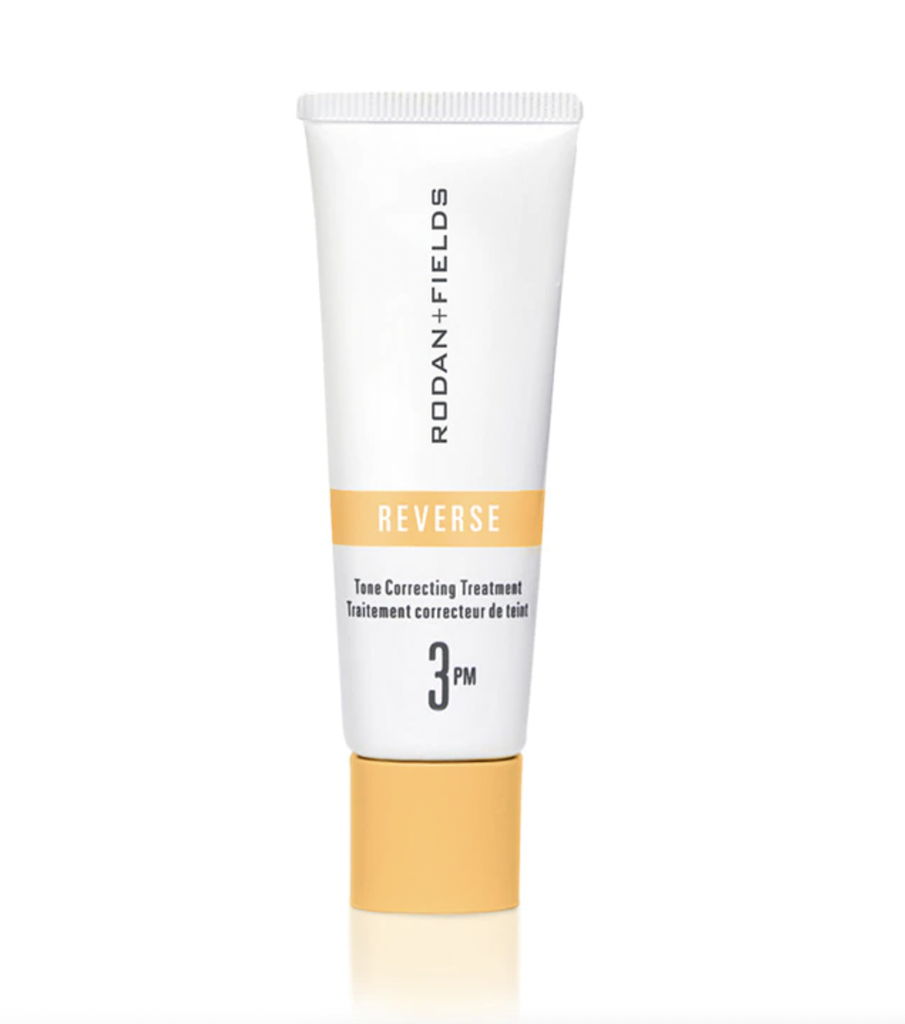
Over the past few years, hyaluronic acid and retinol have become such skin-care staples that coming across a product without one or the other is rare. “In skin care, they’re the holy grail,” says Ranella Hirsch, M.D., a dermatologist in Cambridge, Massachusetts.
Sure, every few months a new wunderkind skin-care ingredient is discovered in some remote locale, and pretty soon it’s everywhere—in your masks, serums, foot creams, insert-step-in-your-beauty-routine-here. But at the end of the day, there are only a handful of ingredients that have stood the test of time and truly become essential.
Hyaluronic acid and retinol do deliver results—but what exactly those results are might still be confusing. (Understandably.) Here, we spoke with experts to break down two of the most common skin care ingredients.
Retinol: For Softening Wrinkles and Fighting Acne
If there’s one ingredient lauded more than any other for its wrinkle-fighting, complexion-perfecting abilities, it’s this derivative of vitamin A. “Here’s the deal with retinol,” explains Hirsch. “We were talking about it in 1975, and we’re still talking about it now because it works.” In study after study, retinol has been shown to build collagen, decrease fine lines, improve skin texture, and fight acne.
When it comes to incorporating a retinol into your skin-care routine, it’s better sooner than later. “Retinol works best as prevention, so don’t wait until wrinkles and dark spots occur to start using it,” says Corey L. Hartman, M.D., the founder of Skin Wellness Dermatology in Birmingham, Alabama. “Another misconception about retinols is that they ‘thin the skin.’ This could not be further from the truth. It actually thickens your skin by increasing production of glycosaminoglycans to keep the skin firm, taut, and smooth.”
The prescription version (which goes by retinoic acid, or Retin-A) acts fastest, but it’s pricey—and it can be drying. Over-the-counter retinol, however, take 8 to 10 weeks to show results compared with 6 weeks with an Rx, but is normally paired with anti-inflammatories to calm the redness, peeling, or dryness. It can also cost less than a prescription—which, depending on your insurance coverage, can generally start around $100.
Whichever type you use, you’ll want to ease into your retinol use slowly. “I start patients on the mildest version, one night a week at the onset,” says New York City dermatologist Amy Wechsler, M.D. As your skin begins to tolerate a pea-size amount, you can eventually go up to two nights a week. But stay off harsh physical scrubs and peels while you’re using retinol; remember to moisturize, moisturize, moisturize; and use extra sunscreen for the first six months.
Hyaluronic Acid: For Serious Moisture
This tiny molecule helps lubricate joints and keep skin plump, and is one of the world’s finest humectants, or molecules that attract and retain water. Since these molecules so effectively replenish skin with water, they’re beloved for their hydrating abilities.
In addition to being a terrific hydrator, Wechsler says, HA pairs well with other active skin-care ingredients (so you can layer it with retinol, for example, and use it daily). Not only that, but it also goes above and beyond its duties as a humectant. “Along with hydrating the skin and preventing dehydration, hyaluronic acid provides an environment that keeps wrinkles away,” says Hartman.
Bottom line: “The beauty of hyaluronic acid is that it doesn’t have any fine print,” says Hirsch. “It benefits any skin type, at any age. And the truth is that everyone looks great with hydrated skin.”
What Are the Potential Side Effects?
As with any ingredient, no matter how ah-mazing they are, there are potential side effects that should be kept in mind when using. “When patients start a retinol, the hyper-exfoliation can oftentimes cause redness, peeling, and dryness during the first couple of weeks of use,” says New York City dermatologist Rita Linkner, M.D., founder of RVL Skincare.
If your skin tends to be more on the dry side, it’s worth considering how you can add that extra boost before and after applying your retinol to minimize excessive peeling as much as possible. (Newbies can also try the buffering trick to take down the sting.)
As for our hydrating superhero? “Hyaluronic acid is known to increase the permeability of the skin, making it more sieve-like—which is why it should be combined with a moisturizer to draw more water to itself,” she says.
What Are the Benefits of Combining the Two?
Good news: Retinol and hyaluronic acid actually have a synergistic effect. “They can be combined so that the benefits of retinol can be achieved more easily with concomitant use of hyaluronic acid, which helps to prevent retinol irritation,” says Hartman.
As for what that ultimately means when you look in the mirror: “Overall texture should improve when using the two actives, as well as fine lines,” says Linkner.
How to Get the Best Results
To max out your benefits, “I often recommend that patients use a hydrating serum like hyaluronic acid before they apply their retinol cream,” says Hartman. “Hyaluronic acid plays well with most ingredients, while caution must be taken when using retinol in combination with alpha hydroxy and beta hydroxy acids, benzoyl peroxide, and some types of vitamin C.”
Linkner echoes the tip about avoiding vitamin C. “I also wouldn’t advise using a vitamin C after hyaluronic acid, as it can increase the irritation effects of the ascorbic acid.” (Ascorbic acid, the chemical name for vitamin C, is still an acid, after all.)
If you’re new to this combo, it’s worth doing a patch test to see how your skin reacts to the amped-up duo. Because hyaluronic acid can increase the potency of the secondary product, Linkner says, it could potentially draw out the acclimation period when you first start using a retinol.
That said, retinol and hyaluronic acid are a match made in heaven. And if you’re looking to level-up your skin-care routine with even more effective products, we’ve rounded up of some of our favorites—along with a few other standout ingredients you should definitely have on your radar.

News Source – https://www.glamour.com/

